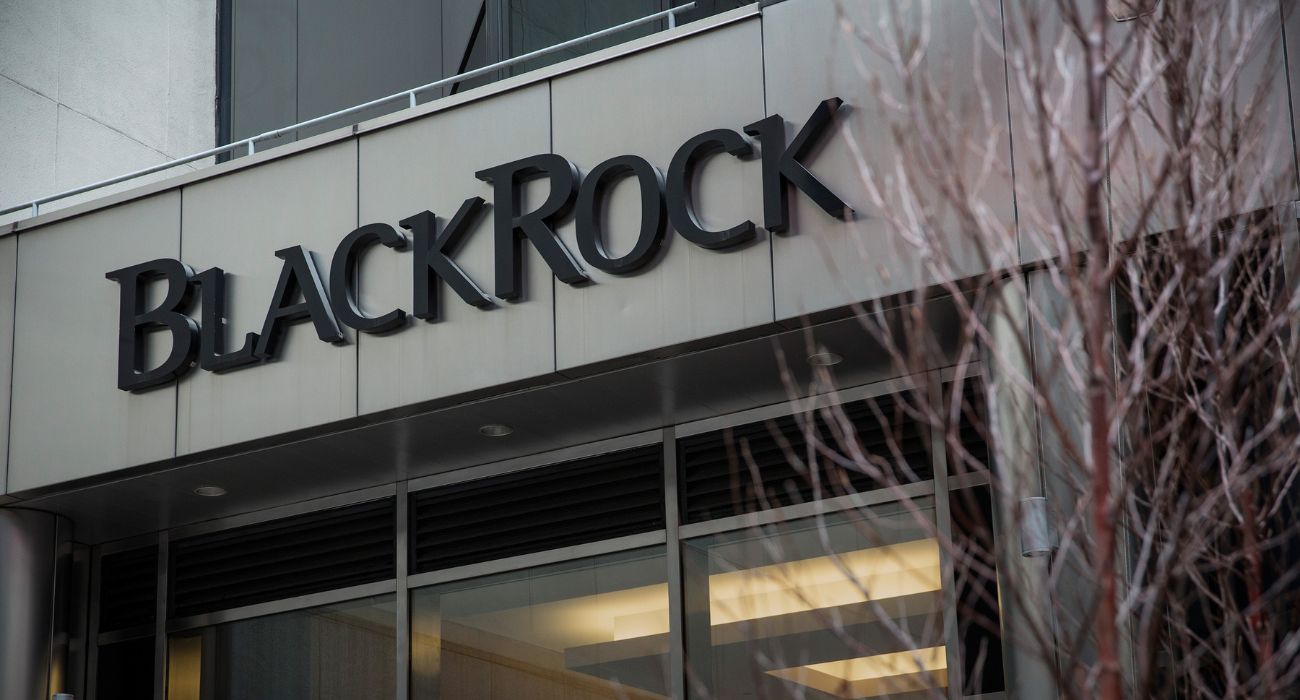Companies continued their hiring streak in August, a positive sign for the labor market despite an overall slowdown from the previous month.
The U.S. economy added 315,000 jobs in August, and the unemployment rate rose to 3.7%, according to the latest employment situation summary from The U.S. Bureau of Labor Statistics (BLS).
The BLS bases its report on two separate surveys. One is an establishment survey that measures non-farm employment, hours, and earnings by industry. The second is a household survey that measures labor force status, including unemployment.
Even notable job gains in professional and business services (+68,000), health care (+48,000), and retail trade (+44,000), the labor market added 40.1% fewer jobs in August than the prior month, according to establishment survey data. Analysts estimated a job gain of 300,000, slightly below actual results for the month and the lowest since April 2021.
Average hourly earnings have increased 0.3% for the month and 5.2% from a year ago. Estimates placed wage growth at 0.4%, slightly above actual results for the month. The average workweek for all employees on private payrolls decreased by 0.1 to 34.5 hours in August.
“I think it’s fair to call the report mildly good news on the inflation front.” Cullum Clark, director of The Bush Institute-SMU Economic Growth Initiative and adjunct professor of economics, told The Dallas Express in an exclusive interview.
“The report showed an uptick in the labor force participation rate – the share of adults working or looking for jobs. Labor shortages are now arguably the most powerful force for high inflation going forward, so even slightly higher participation rates are a step in the right direction.”
The labor force participation rate increased by 0.3 of a percentage point over the month to 62.4%, which is 1.0 of a percentage point below its February 2020 level, according to the report.
“The slower pace of payroll gains in August, together with the big rebound in the labor force and the more modest increase in wages, would seem to favor a smaller 50bp rate hike from the Fed next month, rather than a 75bp increase, but officials will put a lot more weight on August’s CPI data, due the week after next,” said Michael Pearce, the senior U.S. economist at Capital Economics.
In terms of data from the household survey, the report indicated an increase of 0.2 of a percentage point in the unemployment rate to 3.7% in August. The number of unemployed persons increased by 344,000 to 6 million in July, according to the summary’s household survey data.
In addition, the number of persons not in the labor force who currently want a job declined by 361,000 to 5.5 million. These individuals were not counted as unemployed because they were not actively looking for work during the four weeks preceding the survey or were unavailable to take a job.
The change in total non-farm payroll employment for June was revised by 105,000, from +398,000 to +293,000, and the change for July was revised by 2,000, from +528,000 to +526,000, according to the report.
The latest jobs report has not fully solidified whether the Fed will raise interest rates by 50 or 75 basis points at the next meeting, according to Clark.
“I suspect they’ll need a lot more data showing a strong move of inflation rates back to their 2% goal before they declare victory over inflation,” Clark told The Dallas Express. “Whether to raise by 50 or 75 basis points at the next meeting looks like a close call. This jobs report constitutes one small argument for 50, but there are plenty of good arguments either way right now.”
The next Employment Situation for September is scheduled to be released on Friday, October 7, 2022, at 8:30 a.m. (ET).
The Consumer Price Index (CPI) report for August is scheduled to be released on Tuesday, September 13, 2022, at 8:30 a.m. (ET).







If 350,000 jobs were added then why did unemployment go up?